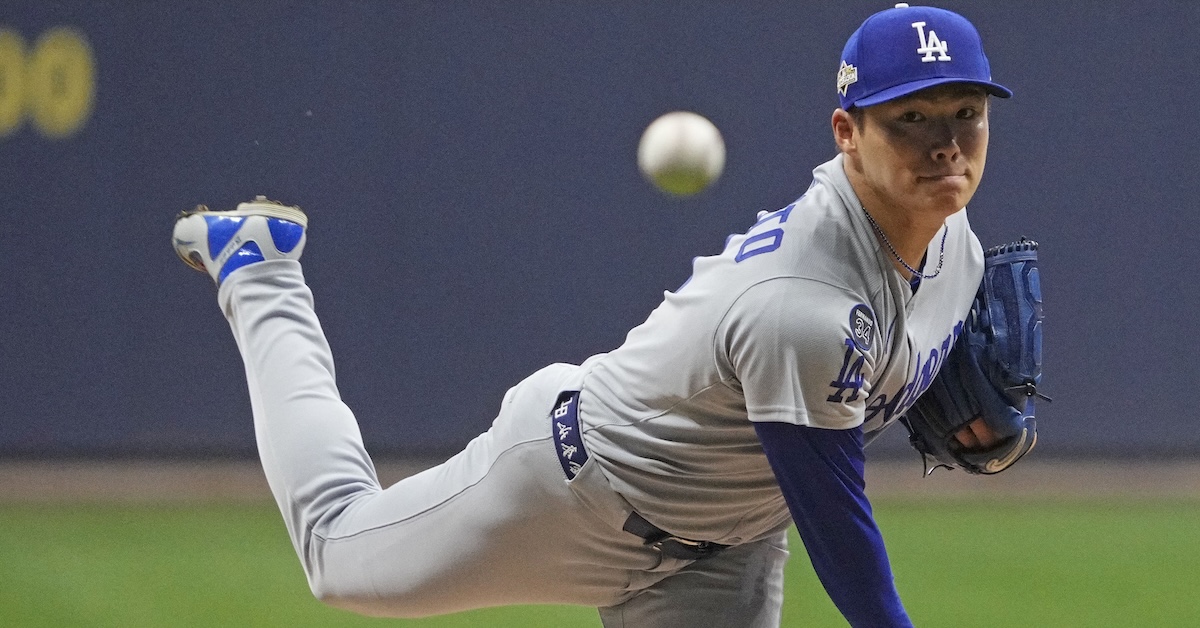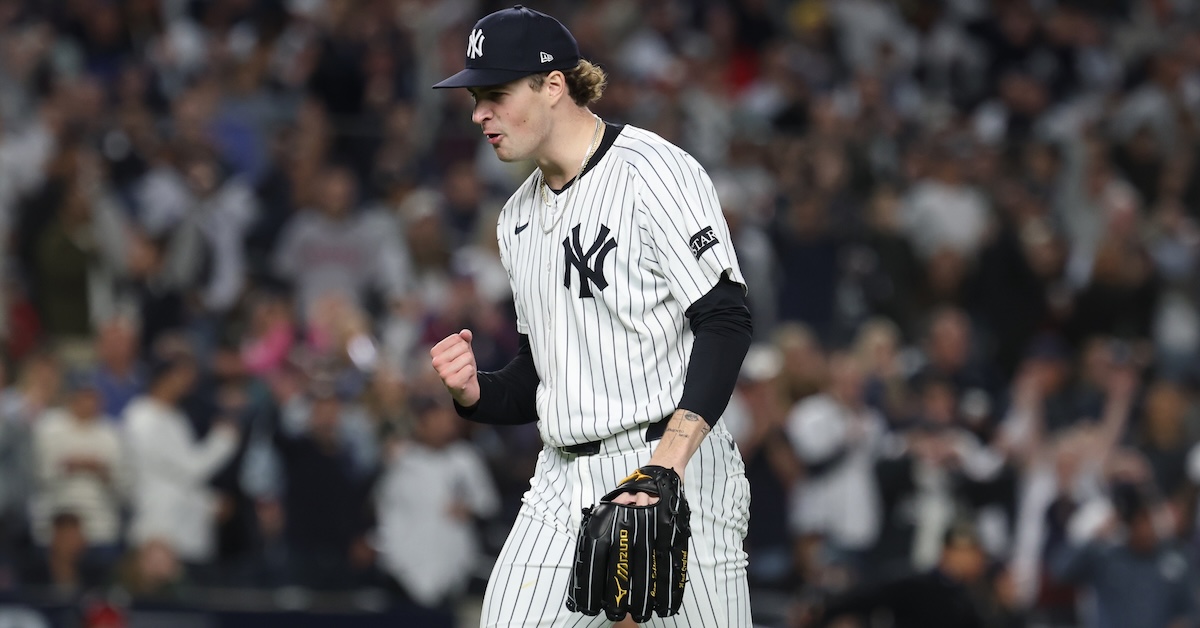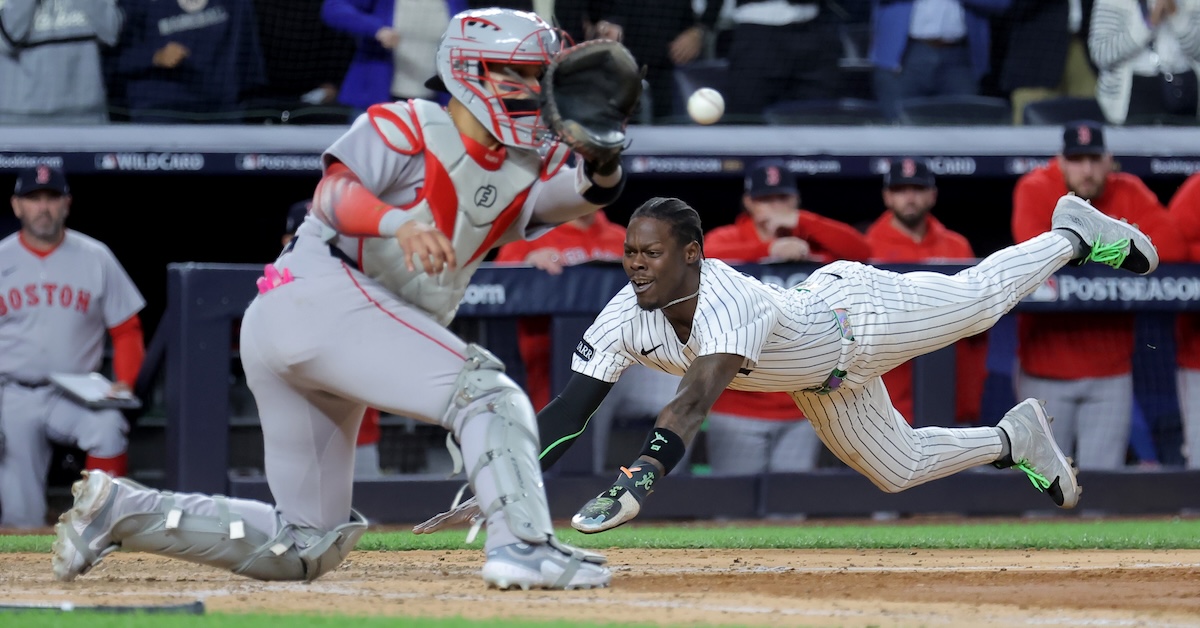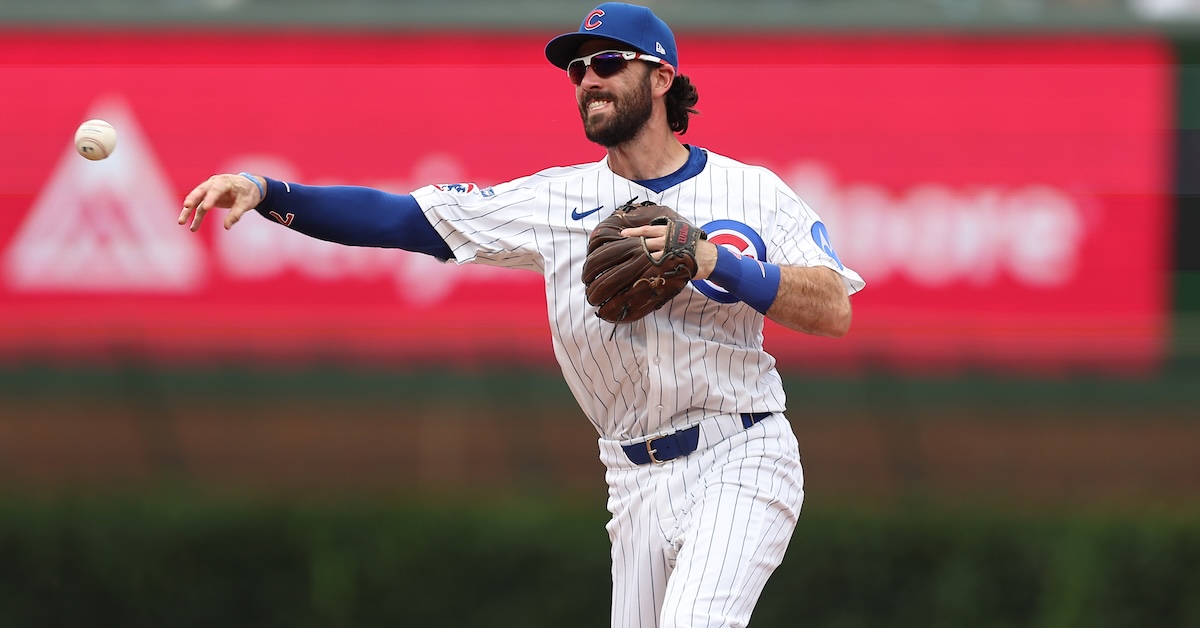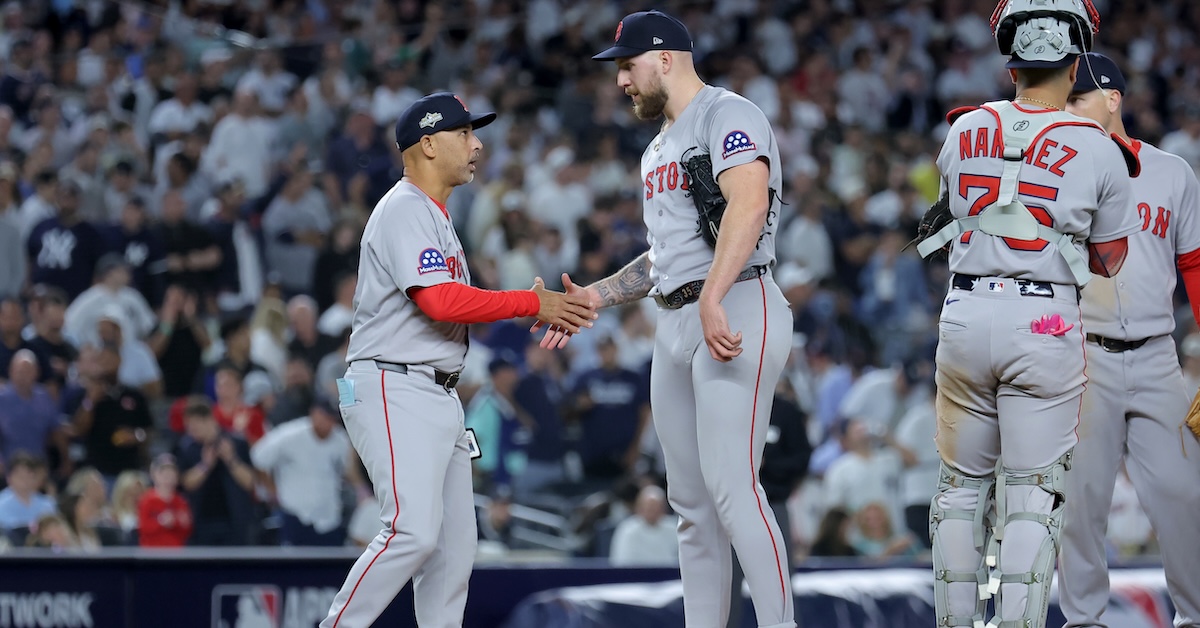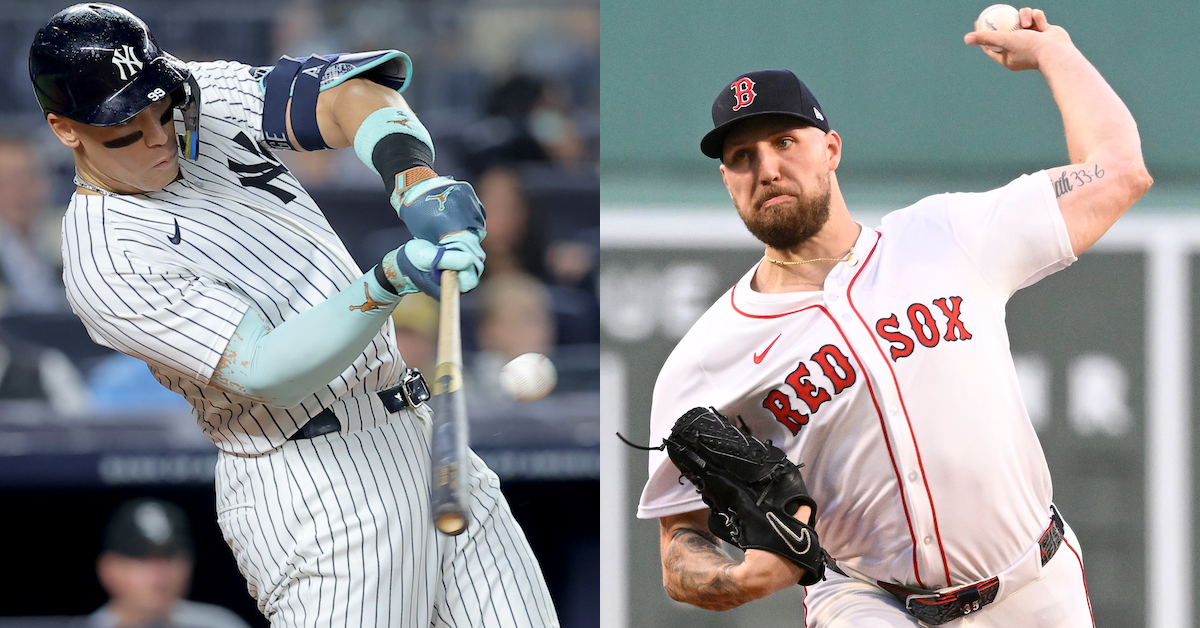Direct links to applications (please see job details below):
Applied Baseball Scientist
Computer Vision Analyst
Performance Analyst
Principal Developer
Senior Baseball Sciences Developer
Applied Baseball Scientist
DEPARTMENT OVERVIEW:
The Baseball Sciences department leverages cutting-edge research, data, and technology to enhance player performance, development, and overall team success. By integrating principles from biomechanics, sports science, data analytics, and artificial intelligence, the department plays a critical role in driving innovation on and off the field. The team works closely with coaches, medical staff, strength & conditioning experts, and front-office personnel to develop and implement evidence-based strategies that maximize athletic potential, improve player health, and optimize in-game performance. The Baseball Sciences department is committed to pushing the boundaries of sports science in baseball, putting the Red Sox at the forefront of technological and analytical advancements in the sport.
POSITION OVERVIEW:
The Boston Red Sox are seeking an Applied Baseball Scientist to help translate biomechanical insights into actionable coaching interventions across the organization. This role focuses on the application and evaluation of biomechanics and performance science data to inform skill-specific development, assess the effectiveness of training strategies, and refine program design. This role will work closely with coaches, coordinators, and performance staff to ensure that biomechanical insights directly support player development and on-field performance.
This is an opportunity to use your biomechanics expertise in a highly applied, coach-facing capacity, contributing to the measurement, iteration, and education of coaching practices throughout the organization.
RESPONSIBILITIES:
- Partner with coaches and coordinators to interpret results, provide ad-hoc analyses for high-leverage cases, and generate clear, actionable feedback for players.
- Analyze and refine program design and training approaches, creating tools and frameworks that support consistent, evidence-based application across development settings.
- Integrate biomechanics, force plates, wearable sensors, and performance testing data into decision-making processes to inform individualized player plans.
- Contribute to educational initiatives that promote effective use of Baseball Sciences tools and ensure staff are equipped to apply biomechanical insights in their daily work.
- Contribute to the broader innovation roadmap of the Baseball Sciences department through research, prototyping, and cross-disciplinary collaboration.
QUALIFICATIONS
- Education:
- Bachelor’s or advanced degree in biomechanics, kinesiology, exercise science, engineering, statistics, data science, or a related quantitative field is preferred.
- Applied Biomechanics:
- Demonstrated experience analyzing biomechanical and performance science data, such as motion capture, force plates, wearable sensors, or computer vision.
- Previous experience working directly with coaches and athletes, with the ability to communicate complex concepts in clear, practical terms.
- Interest in and/or past experience with coaching, demonstrating an applied understanding of how to design training environments to target identified deficiencies.
- Quantitative Analysis:
- Proficiency with data analysis tools (e.g., R, Python, SQL) and the ability to create intuitive visualizations and reports for non-technical audiences.
- Strong applied research skills, with an ability to design studies, evaluate outcomes, and iterate on interventions.
- Experience leveraging AI-assisted analysis tools for identifying and implementing solutions.
- Soft Skills:
- A passion for leveraging biomechanics and performance science to improve player development and performance outcomes.
- Spanish language proficiency is a plus.
- Prior baseball playing experience is a plus.
In addition to the above requirements, all roles within Baseball Operations are expected to effectively demonstrate our universal competencies related to problem solving, teamwork, clarity of communication, and time management, along with embodying our culture of honesty, humility, relentlessness, and commitment to DEIB.
To Apply
To apply, please follow this link.
Computer Vision Analyst
DEPARTMENT OVERVIEW:
The Baseball Sciences department leverages cutting-edge research, data, and technology to enhance player performance, development, and overall team success. By integrating principles from biomechanics, sports science, data analytics, and artificial intelligence, the department plays a critical role in driving innovation on and off the field. The team works closely with coaches, medical staff, strength & conditioning experts, and front-office personnel to develop and implement evidence-based strategies that maximize athletic potential, improve player health, and optimize in-game performance. The Baseball Sciences department is committed to pushing the boundaries of sports science in baseball, putting the Red Sox at the forefront of technological and analytical advancements in the sport.
POSITION OVERVIEW:
The Boston Red Sox are seeking a Computer Vision Analyst to join our Baseball Sciences group. This role will focus on developing and deploying computer vision methods that transform raw video into actionable data at scale, driving improvements in player evaluation, training environments, and performance analysis. Working within a collaborative research and development team, the Computer Vision Analyst will help advance our ability to extract meaningful signals from the wealth of video available across baseball operations.
This is an opportunity to apply advanced quantitative skills to a broad range of problems in baseball sciences, supporting scouting, player development, and sports performance initiatives.
RESPONSIBILITIES:
- Develop and refine computer vision models to extract meaningful features from video, generating new datasets that enhance player analysis and performance research.
- Collaborate with developers, analysts, and stakeholders to ensure computer vision outputs integrate effectively into organizational tools, systems, and workflows.
- Build pipelines for video processing, feature extraction, and event detection at scale.
- Partner with Baseball Sciences, Player Development, and other stakeholders to identify opportunities where video-derived data can enhance evaluation and training.
- Contribute to the broader innovation roadmap of the Baseball Sciences department identifying novel opportunities for computer vision and machine learning applications.
QUALIFICATIONS
- Education:
- Bachelor’s, Master’s, or PhD in Computer Vision, Machine Learning, Computer Science, Engineering, Applied Mathematics, or a related quantitative field is preferred.
- Computer Vision Expertise:
- Demonstrated experience developing and deploying computer vision models and algorithms using frameworks such as PyTorch, TensorFlow, Keras, OpenCV, or similar.
- Proficiency in Python or R, with experience handling large-scale video and image datasets.
- Experience applying computer vision methods to sports, biomechanics, or human movement data is a plus.
- Deployment:
- Familiarity with database technologies (SQL) and data pipeline development.
- Background in machine learning model deployment, cloud computing environments, or scalable infrastructure.
- Experience leveraging AI-assisted analysis tools for identifying and implementing solutions.
- Soft Skills:
- Knowledge of public baseball analytics research or prior experience working with sports performance data is a plus.
- Strong critical thinking skills, intellectual curiosity, and ability to communicate findings clearly to both technical and non-technical stakeholders.
In addition to the above requirements, all roles within Baseball Operations are expected to effectively demonstrate our universal competencies related to problem solving, teamwork, clarity of communication, and time management, along with embodying our culture of honesty, humility, relentlessness, and commitment to DEIB.
To Apply
To apply, please follow this link.
Performance Analyst
DEPARTMENT OVERVIEW:
The Baseball Sciences department leverages cutting-edge research, data, and technology to enhance player performance, development, and overall team success. By integrating principles from biomechanics, sports science, data analytics, and artificial intelligence, the department plays a critical role in driving innovation on and off the field. The team works closely with coaches, medical staff, strength & conditioning experts, and front-office personnel to develop and implement evidence-based strategies that maximize athletic potential, improve player health, and optimize in-game performance. The Baseball Sciences department is committed to pushing the boundaries of sports science in baseball, putting the Red Sox at the forefront of technological and analytical advancements in the sport.
POSITION OVERVIEW:
The Boston Red Sox are seeking a Performance Analyst to join our Baseball Sciences department. This role will leverage quantitative methods to assess athlete health, readiness, and performance across strength & conditioning, sports medicine, nutrition, and mental performance.
The Performance Analyst will work with diverse data streams—including force plates, weight room testing, wearable devices, and cognitive assessments—to provide actionable insights that support player availability, injury risk mitigation, and development. This position offers the opportunity to apply advanced analytical skills in a collaborative environment, directly influencing training practices and performance outcomes.
RESPONSIBILITIES:
- Analyze performance data from physical testing (e.g., force plates, weight room measures), wearables, and cognitive/vision assessments.
- Build and maintain statistical models to evaluate player readiness, injury risk, and training effectiveness.
- Develop objective frameworks to monitor athlete progression and workload management.
- Translate findings into recommendations for staff across strength & conditioning, medical, and player development.
- Create clear, data-driven reports and visualizations to support decision-making for coaches, staff, and front office stakeholders.
- Communicate complex quantitative findings in a concise, actionable manner.
- Partner with developers to integrate performance science metrics into organizational tools and applications.
- Contribute to the broader innovation roadmap of the Baseball Sciences department through research, prototyping, and cross-disciplinary collaboration.
QUALIFICATIONS
- Education:
- Bachelor’s degree or advanced degree in a quantitative field (statistics, data science, applied mathematics, engineering) or a relevant performance science field (exercise science, biomechanics, kinesiology) is preferred.
- Performance and Sports Science Expertise:
- Demonstrated experience analyzing athlete performance data such as force plates, wearable technology, and weight room testing.
- Knowledge of sports science, physiology, and strength & conditioning principles in elite performance environments.
- Quantitative Analysis:
- Proficiency in statistical programming languages (Python, R, or similar) and ability to work with relational databases (SQL).
- Strong background in data visualization and reporting, with the ability to tailor outputs to both technical and non-technical audiences.
- Familiarity with statistical modeling, predictive analytics, and experimental design in applied settings.
- Experience leveraging AI-assisted analysis tools for identifying and implementing solutions.
- Soft Skills:
- Passion for baseball performance and player development is strongly preferred.
- Spanish language proficiency is a plus.
- Prior experience playing or working in baseball is a plus.
In addition to the above requirements, all roles within Baseball Operations are expected to effectively demonstrate our universal competencies related to problem solving, teamwork, clarity of communication, and time management, along with embodying our culture of honesty, humility, relentlessness, and commitment to DEIB.
To Apply
To apply, please follow this link.
Principal Developer
DEPARTMENT OVERVIEW:
Members of the Baseball Systems team at the Boston Red Sox are focused on designing, building, and refining the software and data pipelines used within Baseball Operations. These tools and applications are an integral part of the decision-making process, are directly integrated in the workflows of all departments within Baseball Operations, and provide an efficient, consistent, and accessible experience when interacting with our internal data sources and applications.
POSITION OVERVIEW:
The Principal Developer, Baseball Systems position will be a member of the baseball operations software development team, and is responsible for the design, development, and support, of all baseball systems. This individual will work closely with members of baseball operations to understand business requirements that drive the analysis, design, and development of quality baseball systems and solutions. This position is responsible for designing and building highly complex front end applications and will collaborate closely with colleagues on the software development team and baseball operations personnel from all departments.
RESPONSIBILITIES:
- Serve as critical resource and subject matter expert in the design and delivery of data-intensive, highly interactive interfaces that serve a broad collection of front office stakeholders.
- Contribute to the advancement of the overall architecture by partnering with domain leads, and establishing best practices and patterns through delivery.
- Participate in key phases of the software development process of critical baseball applications, including requirements gathering, analysis, effort estimation, technical investigation, software design and implementation, testing, bug fixing, and quality assurance.
- Responsible for the design and development of complex web-based user interfaces, web services, back-end logic, and other aspects of web applications.
- Actively participate with other software developers in design reviews, code reviews, and other best practices.
- Work closely at times with baseball analysts to design and implement solutions to their data needs.
- Respond to and resolve technical problems and issues in a timely manner.
- Identify and implement creative solutions for technical challenges.
COMPETENCIES
- Aptitude and ability to apply academic or applied experience in software development or data engineering related field.
- An understanding of frontend and backend development and proficiency with modern databases and programming languages.
- Ability to pick up quickly and think both creatively and critically to solve problems.
- A solid understanding of contemporary baseball and/or sports analysis and development practices.
- A team-player that collaborates effectively with technical and non-technical stakeholders.
ADDITIONAL QUALIFICATIONS
- Bachelor’s degree in Computer Science, Software Engineering, Computer Engineering, or a related field.
- 7+ years of deep experience building web applications in Angular, and experience developing with Typescript, CSS/Tailwind, GraphQL, and other modern development approaches.
- Experience with relational database design and development in SQL Server, Snowflake, MySQL, PostgreSQL, or similar technologies, is required.
- Experience building front-end visualizations using Three.js, D3, chart.js, or similar, is a plus.
- Experience developing with cloud technologies from Azure, GCP, or AWS are a plus.
- Experience integrating systems and data using third-party APIs and services are a plus.
- Ability to work autonomously and as a team in a fast paced environment.
- High level of attention to detail with the ability to multi-task effectively.
- Comfortable working remotely when required and using Zoom, Teams, Slack, Trello, and other tools to communicate with all team members.
- High degree of professionalism and ability to maintain confidential information.
- Excellent organizational and time management skills.
In addition to the above requirements, all roles within Baseball Operations are expected to effectively demonstrate our universal competencies related to problem solving, teamwork, clarity of communication, and time management, along with embodying our culture of honesty, humility, relentlessness, and commitment to DEIB.
To Apply
To apply, please follow this link.
Principal Developer
DEPARTMENT OVERVIEW:
Members of the Baseball Systems team at the Boston Red Sox are focused on designing, building, and refining the software and data pipelines used within Baseball Operations. These tools and applications are an integral part of the decision-making process, are directly integrated in the workflows of all departments within Baseball Operations, and provide an efficient, consistent, and accessible experience when interacting with our internal data sources and applications.
The Baseball Sciences department leverages cutting-edge research, data, and technology to enhance player performance, development, and overall team success. By integrating principles from biomechanics, sports science, data analytics, and artificial intelligence, the department plays a critical role in driving innovation on and off the field. The team works closely with coaches, medical staff, strength & conditioning experts, and front-office personnel to develop and implement evidence-based strategies that maximize athletic potential, improve player health, and optimize in-game performance. The Baseball Sciences department is committed to pushing the boundaries of sports science in baseball, putting the Red Sox at the forefront of technological and analytical advancements in the sport.
POSITION OVERVIEW:
The Boston Red Sox are seeking a Senior Developer, Baseball Sciences to join our Baseball Systems department. This role will lead the design and development of specialized software tools that support biomechanics, sports science, and performance initiatives.
As a dedicated developer for the Baseball Sciences group, you will create intuitive applications, data visualizations, and reporting tools that directly impact player health, performance, and decision-making. This is an opportunity to bring advanced development skills to a cutting-edge area of baseball operations, working alongside developers, sports scientists, analysts, and coaches.
RESPONSIBILITIES:
- Design and build applications that integrate biomechanics and sports science data into performance workflows.
- Develop custom visualization tools and reporting platforms to support decision-making across Strength & Conditioning, Sports Medicine, Player Development and Scouting.
- Create flexible tools for workload monitoring and athlete performance tracking.
- Operate thoroughly and effectively through all phases of the software development lifecycle, from requirements gathering to deployment and maintenance.
- Collaborate closely with staff across performance and player development to ensure tools align with applied workflows.
- Provide mentorship and establish best practices within the Baseball Sciences domain.
- Contribute to the broader innovation roadmap of the Baseball Sciences department through research, prototyping, and cross-disciplinary collaboration.
COMPETENCIES
- Aptitude and ability to apply academic or applied experience in software development, data engineering, or a related field.
- An understanding of frontend and backend development and proficiency with modern databases and programming languages.
- Ability to pick up quickly and think both creatively and critically to solve problems.
- A solid understanding of contemporary baseball and/or sports analysis and development practices.
- A team-player that collaborates effectively with technical and non-technical stakeholders.
ADDITIONAL QUALIFICATIONS
- Bachelor’s degree in Computer Science, Software Engineering, or related field.
- 5+ years of professional software development experience, ideally with exposure to sports science or biomechanics data streams such as motion capture, force plates, and wearable technology.
- Proficiency in TypeScript and JavaScript, with experience in Angular (preferred) or React.
- Strong background in building complex web-based user interfaces and APIs.
- Experience with data visualization libraries (e.g., D3.js, Three.js) to represent biomechanics and workload data effectively.
- Exposure to GraphQL and using GraphQL engines such as Hasura
- Experience leveraging AI-assisted development tools for efficiency, debugging, and scaling solutions
- Interest in sports science, biomechanics, and athlete performance data, with the ability to translate domain needs into technical solutions.
- Database design and development experience (Snowflake and SQL Server preferred).
- Knowledge of modern baseball analytics and player development methods is a plus.
In addition to the above requirements, all roles within Baseball Operations are expected to effectively demonstrate our universal competencies related to problem solving, teamwork, clarity of communication, and time management, along with embodying our culture of honesty, humility, relentlessness, and commitment to DEIB.
To Apply
To apply, please follow this link.
The content in this posting was created and provided solely by the Boston Red Sox.
